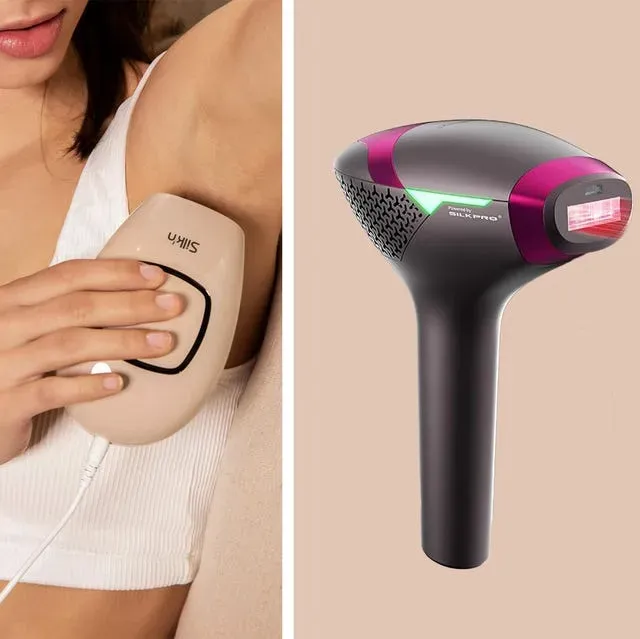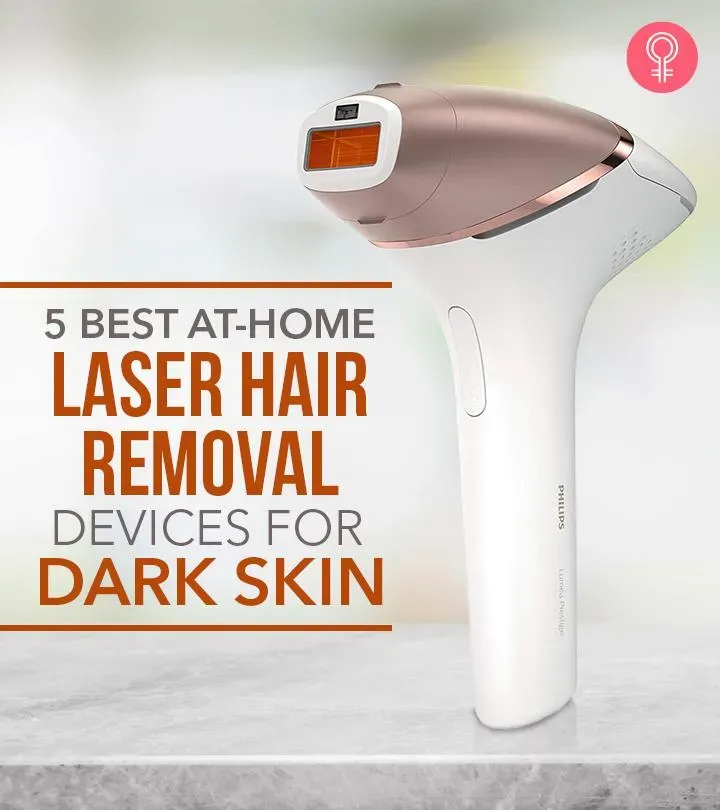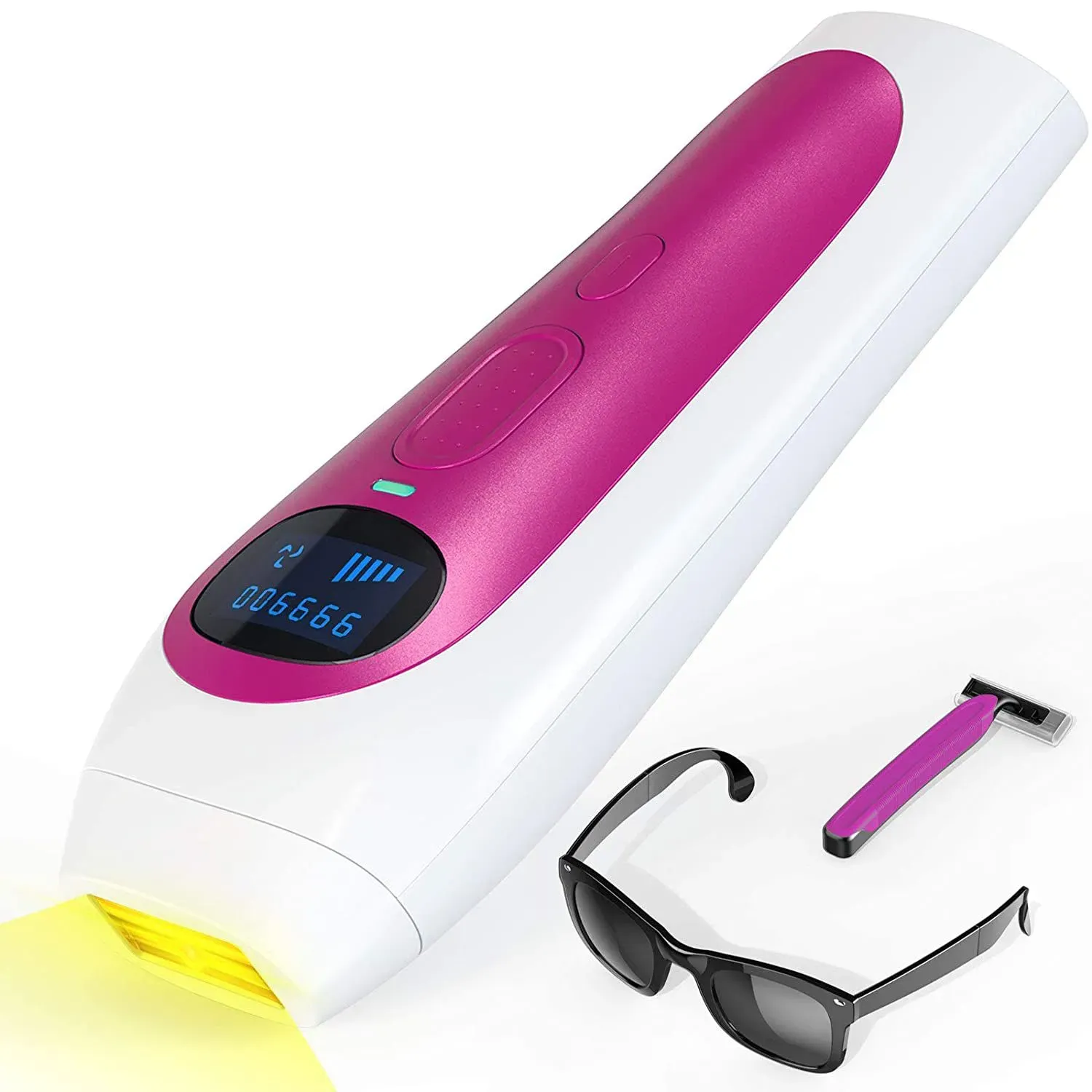Table of Contents
Tired of the endless cycle of shaving nicks, painful waxing appointments, or stubble that seems to reappear moments after you deal with it? Most people are. It feels like a never-ending battle against body hair, a chore that eats up time and money without offering much in the way of a permanent solution. You dream of smooth skin without the daily hassle, but clinic treatments seem expensive and require scheduling your life around appointments.
Understanding How the Best In Home Laser Hair Removal Works

Understanding How the Best In Home Laser Hair Removal Works
Alright, so you're wondering how these gadgets claiming to give you smooth skin at home actually function? It's not magic, though sometimes it feels like it after weeks of use. The basic idea behind the best in home laser hair removal, or more often, Intense Pulsed Light (IPL) devices, is pretty straightforward. They zap the hair follicle with a specific type of light energy. Think of it like a tiny, targeted heatwave. This light gets absorbed by the pigment (melanin) in your hair. The darker the hair, the more pigment it has, and the more light energy it absorbs. This absorbed energy turns into heat, which damages the hair follicle. Damage the follicle enough times, and it stops producing hair, or at least slows down significantly.
Choosing Your Device: What to Look for in Best In Home Laser Hair Removal

Choosing Your Device: What to Look for in Best In Home Laser Hair Removal
Compatibility: Does It Even Work for You?
Alright, let's get real. Not every "best in home laser hair removal" device is going to work for everyone. This is probably the most crucial thing to check *before* you even think about buying one. Remember that bit about melanin absorbing the light? That's key. Most IPL (Intense Pulsed Light) devices, which are common for home use, work best on lighter skin tones with darker hair. Why? Because the light targets the pigment in the hair follicle. If your skin is dark, it has more melanin, and the device might target your skin instead of the hair, leading to burns or discoloration. If your hair is very light (blonde, grey, red), it might not have enough pigment to absorb the light effectively, meaning you won't see much change. Some newer, pricier devices claim to work on a wider range of skin tones, often using different tech or built-in skin tone sensors. Double-check the device's compatibility chart against your own skin tone and hair color. Skipping this step is like buying a car without checking if it uses gas or electric – a fundamental mismatch.
Features That Actually Matter
Beyond just working for your skin and hair, what else should you scrutinize when looking for the best in home laser hair removal? Think about where you plan to use it. Are you tackling large areas like legs or smaller spots like your upper lip? The treatment window size matters. A bigger window means faster sessions for large areas, but it might be awkward for precise work. Look at the number of flashes the device offers. These things have a lifespan, measured in flashes. More flashes generally mean the device will last longer, potentially years, depending on how often you use it and how much ground you cover. Intensity levels are also important; being able to adjust the energy output can make treatments more comfortable and potentially more effective as you progress. Safety features, like skin contact sensors that prevent accidental flashes, aren't just bells and whistles; they're non-negotiable for obvious reasons. Don't cheap out on safety.
- Check skin tone and hair color compatibility charts.
- Consider the treatment window size for your target areas.
- Look for a high number of flashes for device longevity.
- Ensure it has adjustable intensity levels.
- Prioritize essential safety features like contact sensors.
Real Results and Expectations: What Happens When You Use InHome Devices

Real Results and Expectations: What Happens When You Use InHome Devices
Setting Realistic Expectations with Your Device
So, you've unboxed your shiny new device, perhaps one you researched extensively hoping it's the best in home laser hair removal for you. You might be picturing perfectly smooth, hair-free skin after just one session. Let's pump the brakes a little. This isn't a magic wand. Real results take time and consistency. Think of it less like a quick fix and more like a gradual process. You won't see everything disappear overnight, or even after a week. Most manufacturers recommend a series of initial treatments, often spaced out over several weeks. During this phase, you're hitting the hair follicles at different points in their growth cycle. Since not all hairs are growing at the same time, repeated sessions are necessary to target as many as possible.
What does this look like in practice? Maybe you'll notice hair growing back a bit slower after the first few treatments. Or perhaps some patches seem sparser than others. This isn't failure; it's progress. It’s easy to get discouraged if you expect clinic-level results instantly. Those professional machines often use higher energy levels and are operated by trained technicians who can target specific areas more precisely. Home devices are designed for safety and ease of use, which means they operate at lower intensities. Patience isn't just a virtue here; it's a necessity for seeing the desired outcome with the best in home laser hair removal.
What "Reduced Hair Growth" Actually Means
Let's talk about the outcome. When brands talk about "permanent hair reduction," it's important to understand what that typically implies for home devices. It usually doesn't mean you'll never see a single hair again for the rest of your life. What you're more likely to achieve is a significant reduction in the *number* of hairs that grow back, a slower growth rate for the hairs that do appear, and often, the regrowth is finer and lighter than before. Imagine going from shaving every day to maybe once every couple of weeks, or even less often. That's the kind of tangible difference many users report with consistent use of the best in home laser hair removal options.
Think of it this way: the goal is to make hair management dramatically easier, not necessarily to achieve a completely barren landscape forever. Some areas might respond better than others. Legs and underarms often show good results, while facial hair or bikini lines might be more stubborn for some people. It varies from person to person, depending on genetics, hormones, and how well your hair and skin match the device's capabilities. Don't compare your results directly to someone else's, or to what you might get from a professional clinic. Focus on the improvement *you* see.
What to Expect Over Time:
- **Weeks 1-4:** Hair might still grow normally, possibly appearing to "shed" as damaged follicles release hairs.
- **Weeks 4-8:** Noticeable reduction in growth speed and density in treated areas.
- **Weeks 8-12:** Further reduction, with significant patches of slower/no growth. Maintenance treatments often begin around this time.
- **Beyond 12 Weeks:** Continued sparse growth requiring occasional touch-ups (e.g., once a month or as needed) to maintain results.
Consistency is Your Best Friend
Achieving and maintaining those reduced hair levels hinges almost entirely on consistency. Skipping treatments, not following the recommended schedule, or being lax with your technique will absolutely impact your results. It's like going to the gym – you won't get fit by showing up once every few months. The initial treatment phase is crucial for hitting those hairs while they're in the right growth phase. Once you've completed the initial series, you'll likely move into a maintenance phase. This means using the device less frequently, perhaps every few weeks or months, just to catch any new hair growth that pops up.
Safety First: Tips for Using In Home Laser Hair Removal Effectively

Safety First: Tips for Using In Home Laser Hair Removal Effectively
so you've got the device, you understand how it works, and you're setting your expectations right. Now, let's talk about not accidentally turning yourself into a polka-dot person or worse. Even the best in home laser hair removal devices require you to pay attention. These aren't toys. You are essentially directing a concentrated beam of light energy at your skin. Before you even think about zapping away, *always* do a patch test on a small, inconspicuous area. This step is non-negotiable. It tells you how your skin reacts to the device's energy level. Wait 24-48 hours. No redness, blistering, or excessive pain? Good, proceed with caution. Also, make sure your skin is clean, dry, and free of any lotions, oils, or fake tan. Sun exposure is a big no-no before and after treatments; tanned skin is much more likely to burn because of the increased melanin. Think of it like this: you wouldn't stick your hand in a toaster, so treat your skin with similar respect when wielding a light-based device.
The Final Word on At-Home Hair Reduction
So, you've navigated the world of devices claiming to offer permanent hair removal from your couch. While the idea of saying goodbye to stubble forever is a powerful draw, the reality with even the best in home laser hair removal is often one of significant reduction, not complete eradication for everyone. These tools offer a viable path to smoother skin and less frequent maintenance, a welcome change for many. Choosing the right device requires understanding your skin tone and hair color, managing your expectations about the timeline and results, and committing to the process. It's not a magic wand, but for the right candidate willing to put in the effort, it can certainly make that battle against unwanted hair feel a lot less like a losing one.
